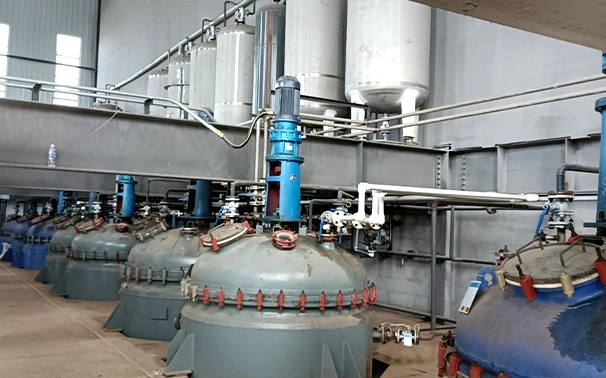polyacrylamide function
Understanding the Function of Polyacrylamide in Various Applications
Polyacrylamide (PAM) is a versatile synthetic polymer widely used across various industries due to its unique properties. Its structure consists of repeating units of acrylamide, making it capable of forming hydrogels and interacting with various materials. PAM has found applications in fields ranging from agriculture and wastewater treatment to biomedical engineering and food processing. The following sections explore the functions and applications of polyacrylamide, highlighting its significance in modern technology.
1. Overview of Polyacrylamide
Polyacrylamide is produced through the polymerization of acrylamide, a monomer that can be synthesized from petroleum or through the hydrolysis of acrylonitrile. The resulting polymer can be tailored to exhibit different molecular weights and properties, depending on its intended application. Polyacrylamide can be either non-ionic, anionic, or cationic, which influences its behavior in solution and its interaction with other substances. This adaptability makes PAM a valuable resource in various sectors.
2. Water Treatment
One of the most significant applications of polyacrylamide is in wastewater treatment. PAM acts as a flocculant, promoting the aggregation of suspended particles in water. When added to wastewater, the charged PAM molecules neutralize the surface charges of colloids, leading to the formation of larger flocs that can be easily removed through sedimentation or filtration. This process enhances the efficiency of water treatment plants, ensuring cleaner water is released into the environment. Moreover, PAM reduces the amount of sludge produced during treatment, decreasing disposal costs.
3. Agriculture
.polyacrylamide function

In agriculture, polyacrylamide is utilized to improve soil quality and water retention. As a soil conditioner, PAM enhances the structure of the soil, promoting better aeration and reducing erosion. Additionally, it helps retain moisture in sandy soils, allowing crops to access water more effectively. By incorporating PAM into irrigation practices, farmers can improve water efficiency, ultimately leading to better crop yields and sustainable farming practices. Research indicates that PAM-treated soils can reduce the frequency of irrigation, conserving water resources in arid regions.
4. Biomedical Applications
Polyacrylamide has significant potential in biomedical applications, particularly in drug delivery systems and tissue engineering. Due to its biocompatibility, PAM can be used to create hydrogels that encapsulate therapeutic agents for controlled release. These hydrogels can protect drugs from degradation and ensure targeted delivery to specific tissues, improving treatment efficacy. Furthermore, PAM-based scaffolds in tissue engineering can mimic the extracellular matrix, promoting cell growth and tissue regeneration. Researchers are exploring these properties to develop innovative solutions for chronic diseases and injuries.
5. Food Processing
In the food industry, polyacrylamide serves as a clarifying agent and a stabilizer. It is used in processes such as juice and wine clarification, where PAM helps remove suspended particles, yielding a clear and appealing product. Additionally, PAM can stabilize emulsions in food products, preventing separation and extending shelf life. Although there are concerns regarding the safety of acrylamide in food, food-grade PAM is thoroughly regulated to ensure it meets safety standards for consumption.
6. Conclusion
In conclusion, polyacrylamide is an essential polymer with diverse functions and applications across various industries. Its ability to enhance water treatment processes, improve agricultural practices, support biomedical advancements, and facilitate food processing makes it a crucial element in modern technology. As research continues, the potential uses of PAM may expand, paving the way for innovative solutions to address environmental, agricultural, and health challenges. Understanding the function of polyacrylamide is vital for harnessing its full potential and advancing the industries that rely on it. With ongoing development and growing awareness of sustainable practices, PAM is set to play an even more significant role in the future.
-
Dodecyldimethylbenzylammonium Chloride: High-Purity DisinfectantNewsAug.30,2025
-
2-Phosphonobutane-1,2,4-Tricarboxylic Acid: Scale & CorrosionNewsAug.29,2025
-
Premium Isothiazolinones | Broad-Spectrum Biocidal SolutionsNewsAug.28,2025
-
LK-319 Special Scale And Corrosion Inhibitor For Steel Plants: Advanced Solutions for Industrial Water SystemsNewsAug.22,2025
-
Flocculant Water Treatment: Essential Chemical Solutions for Purification ProcessesNewsAug.22,2025
-
Isothiazolinones: Versatile Microbial Control Agents for Industrial and Consumer ApplicationsNewsAug.22,2025





